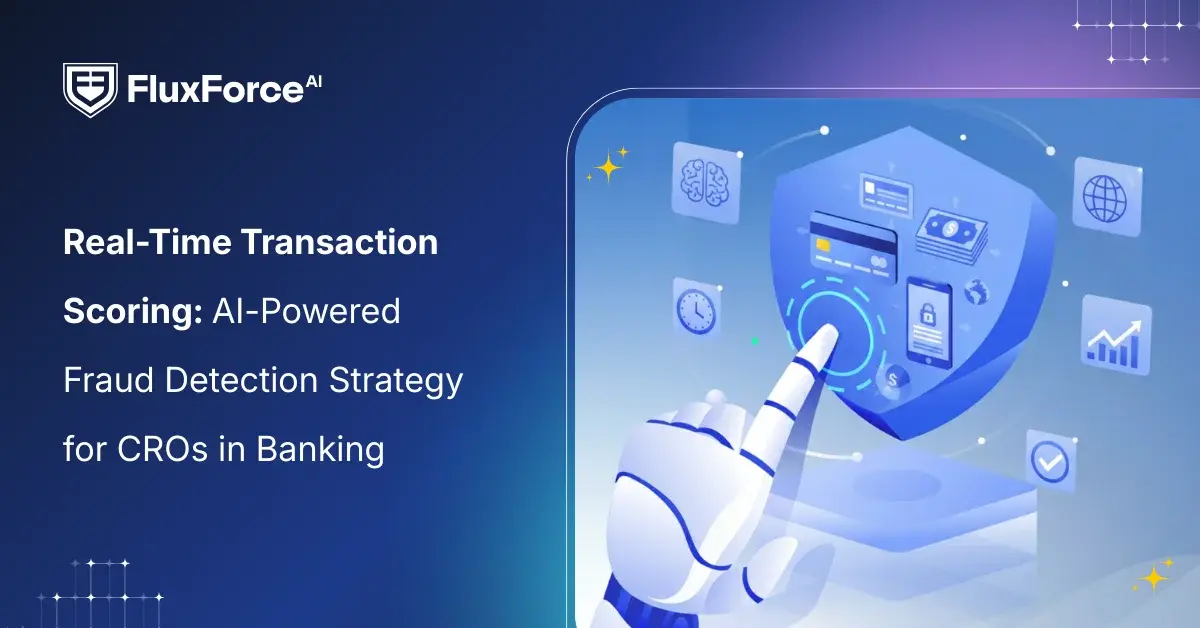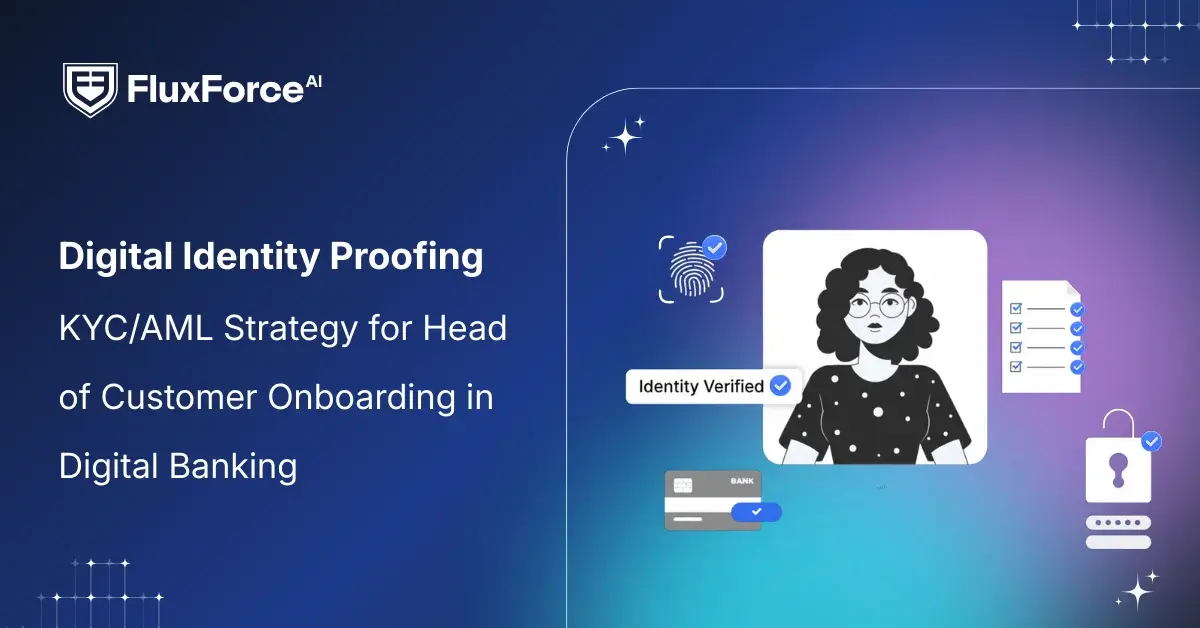Listen to our podcast 🎧
s%20in%20Banking.png)
Introduction
Mobile payments are now the main way many customers connect with their banks. With that shift comes more risk. Criminals look for weak points in payment systems because old security tools were not built for real-time, multi-device use. For a risk head, the impact is clear. A single breach can cause money loss and damage trust in the bank’s name.
Payment tokenization gives banks a stronger line of defense. Instead of sending real card details through payment systems, it replaces them with a payment token. This token is a random code that has no value outside the bank’s secure setup. If someone steals it, they cannot use it. If needed, the bank can cancel it and issue a new one without risk.
The shift to tokenized payments changes how banks look at security in mobile payments. Leaders no longer ask what payment tokenization is. The real focus is on how to fit it into the bank’s payment risk management plans.
Here is why it matters now:
- Mobile apps and wallets are often attacked. With mobile payment tokenization, even if data is taken, it is useless.
- Regulators want stronger data protection in mobile payments. Tokenization helps banks meet those rules and pass audits more smoothly.
- Most users do not ask how tokenization works in payments. But they notice fewer fraud cases. Safe payments build trust, and trust builds long-term use.
For banking leaders, tokenization is not just one more security layer. It is a way to rebuild payment processing risk management so that the bank stays ready for the future. This is a board-level choice. It decides if the bank stays ahead of fraud or falls behind.
The decision for risk heads is simple. Will tokenization be treated as just another compliance tool, or will it serve as the base for secure payment gateway strategies for banks? The answer will show how strong the mobile payment system really is.

Shaping the Future of AI in Finance
Fluxforce research uncovers how banks and enterprises are adapting to fraud, compliance, and data challenges in 2025.
A Practical Framework for Tokenization in Mobile Payments
Risk leaders need more than broad statements. They need a plan that fits into banking operations. Below is a five-point framework for using payment tokenization as part of a secure payment gateway strategy for banks.
1. Define the Tokenization Model
Decide how tokens will be issued and used. A payment token can be linked to one device, one account, or one type of transaction. For example, a credit card tokenization example could tie a customer’s card to their mobile wallet only. This limits exposure if another system is attacked.
2. Integrate with Risk Management Systems
Tokenization works best when it connects to existing payment risk management tools. Pair tokens with fraud detection in payment gateways so that suspicious use can be flagged in real time. A token by itself hides data. A token plus analytics spots patterns that point to fraud.
3. Work with Trusted Service Providers
Banks rarely build tokenization engines on their own. Choosing the right tokenization service provider is part of risk planning. Look for providers with proven support for tokenized payments across mobile apps, cards, and online checkout. Reliability here is critical because downtime means failed payments.
4. Align with Compliance and Audit Goals
Tokenization reduces the number of systems that handle real data, which makes audits easier. Map your payments risk management framework so that auditors can clearly see where tokens replace sensitive card numbers. This supports PCI DSS and other data protection checks.
5. Treat Tokenization as Ongoing, Not One-Time
Fraud methods change constantly. Tokenization must be reviewed and adjusted over time. Build tokenization into regular payment processing risk management reviews. For mobile, this could mean checking if tokens remain unique, valid, and properly rotated for each wallet or app.
Onboard Customers in Seconds

Tokenization Pitfalls and Strategic Decisions for Risk Heads

Implementing tokenization sounds simple on paper, but many banks stumble in execution. Risk leaders need to see beyond compliance checklists and ask the tough questions that determine whether tokenization actually strengthens mobile payment security.
1. Token Scope and Overlap
Not all tokens are created equal. Some banks assign a single token per customer across multiple devices, while others generate unique tokens for each app or transaction. Overlapping tokens can create blind spots, making fraud detection in payment gateways less effective. Risk heads must ensure tokenization policies are granular enough to isolate breaches without creating operational complexity.
2. Vendor Integration Risks
Relying on a tokenization service provider seems convenient, but integration gaps can introduce risk. Systems that don’t fully sync with mobile wallets, in-app payments, or recurring billing create inconsistent token behavior. Risk leaders should assess whether the provider integrates seamlessly into the bank’s payments risk management framework and supports real-time monitoring.
3. Token Lifecycle Management
Tokens are only secure if they are managed properly. Expired, reused, or poorly rotated tokens can be exploited. Banks need policies for token rotation, revocation, and lifecycle monitoring.
4. Measuring Real Impact
It’s not enough to assume tokenization reduces risk. Executives should track metrics like transaction-level fraud reduction, time saved during audits, and effectiveness of tokenized payments in real-world attack scenarios. This quantifiable insight turns tokenization from a technical fix into a strategic lever.
How Banks Can Strengthen Mobile Payment Security with Tokenization

Mobile payments are evolving, and so are threats. Tokenization is powerful, but only when paired with forward-looking strategies that embed it into banking operations. Risk heads must move beyond implementation to ensure tokenization continues delivering security and operational value.
1. Unified Token Management Across Channels
Banks must manage tokens consistently across mobile apps, online platforms, and wearable devices. A unified strategy ensures that tokens are unique per channel and cannot be reused by attackers. This reduces fraud exposure while keeping operations efficient.
2. Real-Time Integration with Fraud Detection
Tokenization alone cannot stop sophisticated attacks. Pair tokenized payments with continuous monitoring and payment gateway fraud detection. Real-time insights allow fraud teams to spot unusual patterns and act immediately, limiting potential losses.
3. Governance and Compliance Alignment
Embed tokenization policies into the payments risk management framework. Define roles for monitoring, incident escalation, and audits.
4. Vendor and Technology Oversight
Regularly audit tokenization service providers for integration, reliability, and lifecycle management. Providers must support cross-platform token assignment and secure token rotation. Poorly integrated vendors can create gaps in security and operational risk.
5. Continuous Measurement and Adaptation
Track key metrics such as fraud reduction, audit efficiency, and transaction success rates. Use these insights to optimize token policies, rotation schedules, and monitoring thresholds. Measurement ensures tokenization remains effective against emerging threats.
Conclusion
Mobile payment tokenization is more than a security tool. It reshapes how banks protect data, reduce fraud, and build customer trust. For risk heads, the challenge is not in adopting tokenization but in making sure it grows with new threats and business needs.
The future of mobile banking security depends on smart choices today. Tokenization, built into a secure payment gateway strategy, offers banks stronger protection and a smoother payment experience for customers. For risk leaders, this is the moment to treat tokenization as a core part of payment risk management and lead the shift toward safer and more resilient mobile payments.


s%20in%20Banking%20.webp)



Share this article